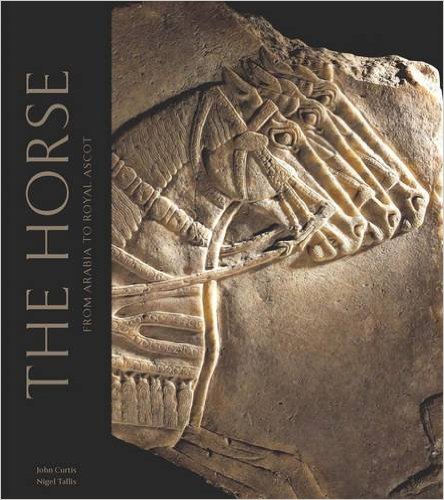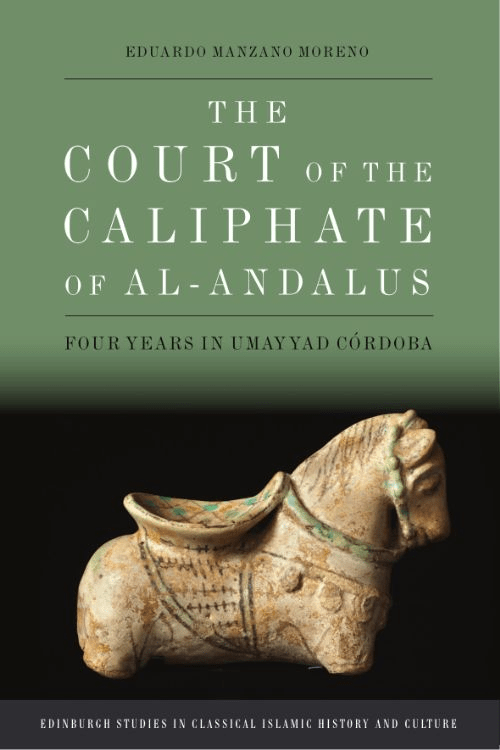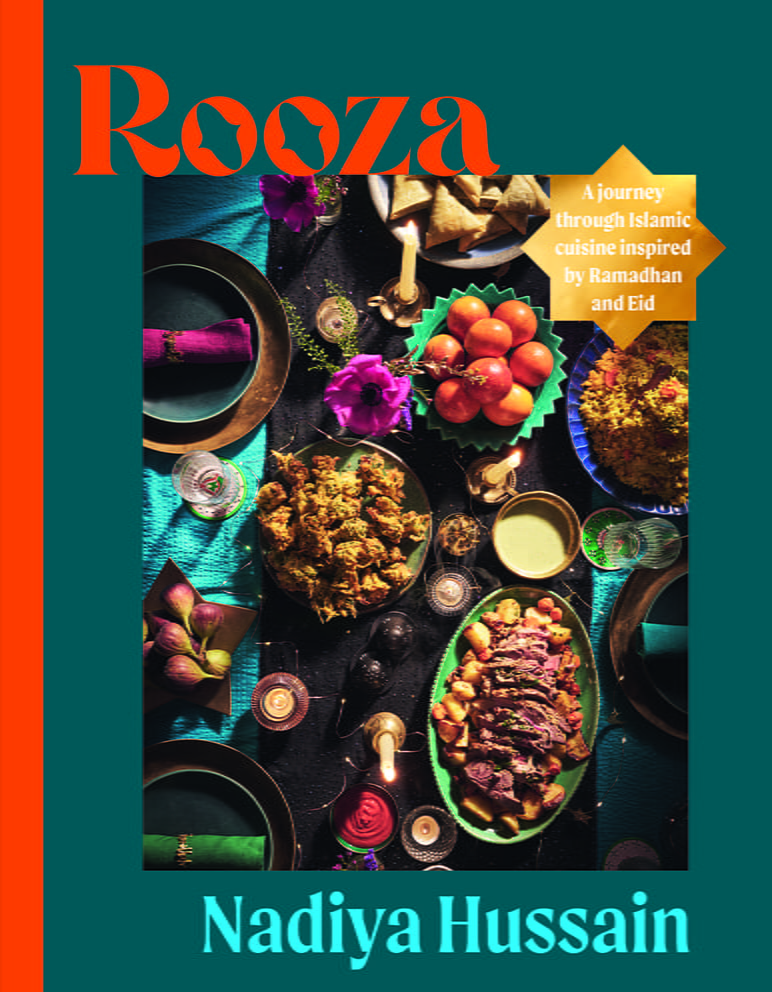
The Horse: From Arabia to Royal Ascot
Jane Waldron Grutz
John Curtis and Nigel Tallis
2012, British Museum Press, 978-0-71411-183-4, £25 pb; 978-0-71411-185-8, £40 hb; or £10/£5, respectively, from the British Museum while supplies last.
This beautifully illustrated volume, designed to accompany a past exhibition at the British Museum, is a paean to the horse in general and the Arabian horse in particular. In word and picture it tells the story of the long relationship between man and horse, beginning millennia ago and continuing to the present day. Along the way the reader is introduced to the swift chariot horses of the ancient world, the elegant mounts of the age of Islamic expansion and perhaps most beautiful of all, the fiery horses of the Arabian Peninsula. Indeed, prehistoric stone carvings of equines discovered recently in southwestern Saudi Arabia suggest a possible early origin for this iconic animal. Each of the 250 artifacts in the exhibition, including many from Saudi Arabia, appears in color in the 188-page catalog section of the book. More than 50 additional maps and photographs accompany the introductory text. The concluding chapters focus on the contributions of Lady Anne and Wilfrid Blunt to the preservation of the Arabian horse and the critical role the Arabian played in the development of the modern thoroughbred.
You may also be interested in...

New Perspective Offered in The Court of the Caliphate of al-Andalus — Our Book Review
Author Eduardo Manzano Moreno gives life to a court scribe’s observations of Córdoba to offer a rarely explored view of the era
The Great British Bake Off Winner Nadiya Hussain Gathers Global Recipes in Culinary Celebration of Ramadan
Nadiya Hussain's diverse recipes highlight the global unity of Muslim cultures and cuisines.